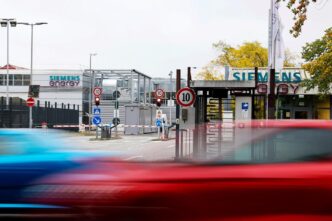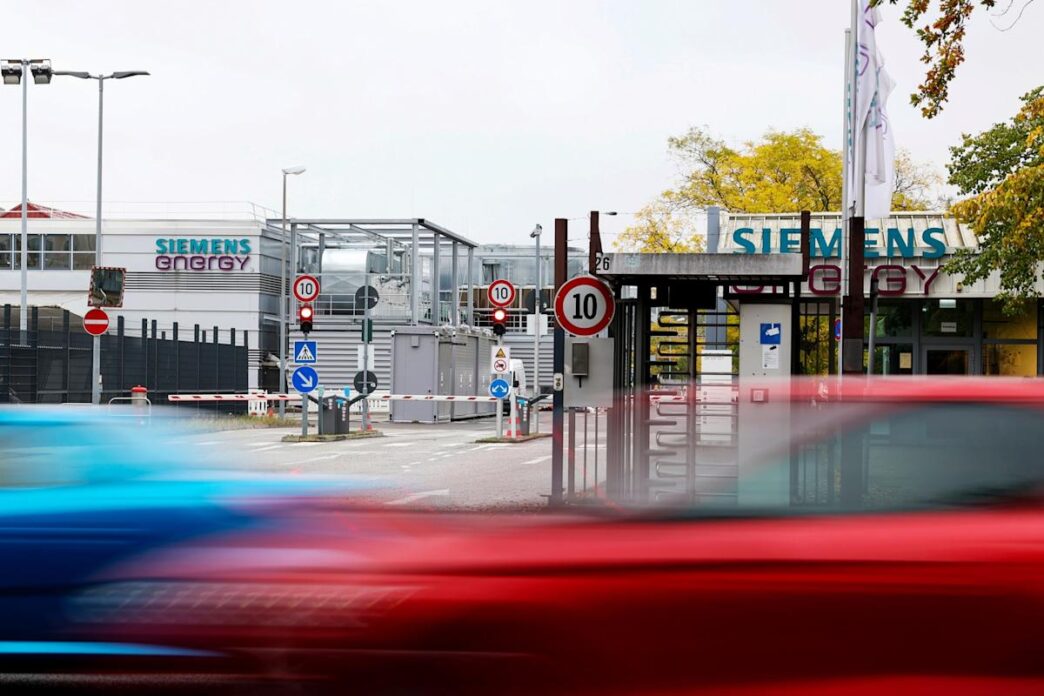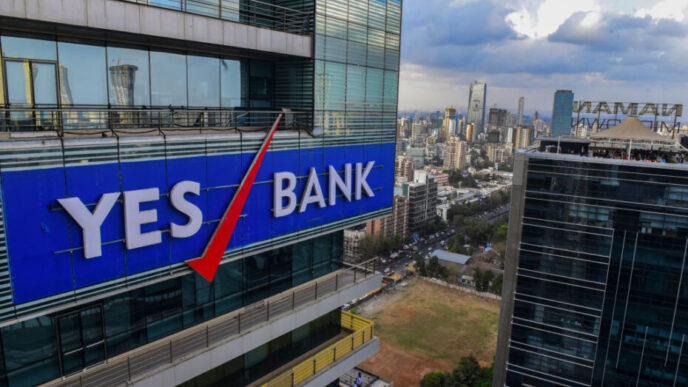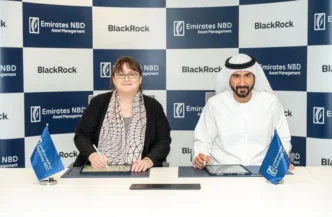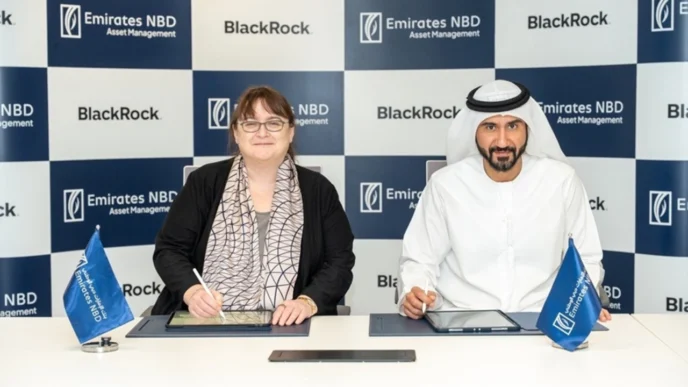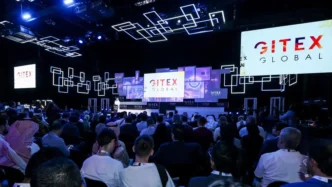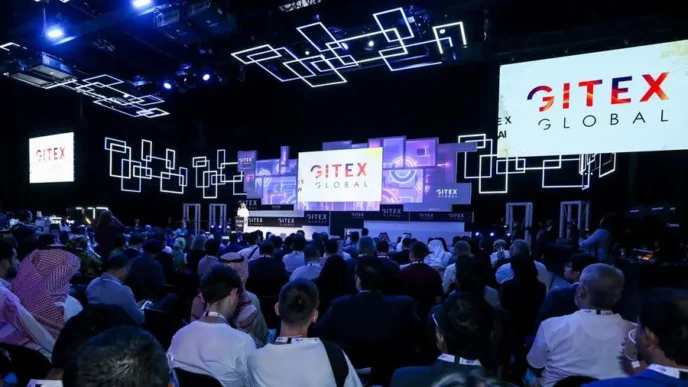Siemens Energy’s ascent in 2024 stands as one of the most dramatic corporate turnarounds in modern European industry. After years of steep losses, operational failures, and a near-crisis triggered by manufacturing defects at its wind-turbine subsidiary Siemens Gamesa, the company has not only stabilized but emerged as Europe’s single best-performing stock of the year. As the year closes, Siemens Energy is fast approaching a €100 billion market valuation, a level few analysts imagined possible just twelve months earlier.
What underpins this extraordinary reversal is a convergence of structural market forces, disciplined internal reforms, and a decisive embrace of artificial intelligence across the company’s core technologies. The result is that Siemens Energy has transformed from a troubled renewables manufacturer into a strategically crucial player at the intersection of electrification, grid modernization, and industrial AI. Its trajectory offers a compelling case study in how Europe’s incumbents can reposition themselves amid the global energy transition—capitalizing on geopolitical tensions, infrastructure investment cycles, and the accelerating digitization of energy systems.
The company entered 2024 under immense pressure. The quality issues in Siemens Gamesa had ballooned into billions in expected losses, forcing Siemens Energy to seek government-backed guarantees to stabilize its balance sheet. Investor confidence was shaken, and the European renewables sector more broadly was experiencing declining margins, rising costs, and delayed project pipelines. Yet these setbacks ultimately catalyzed sweeping internal reforms. Siemens Energy streamlined Gamesa’s product lineup, tightened manufacturing controls, and shifted its strategic emphasis toward the business segments with stronger margins and lower volatility—particularly grid technologies and long-term service contracts.
It was here that AI became a defining competitive advantage. Siemens Energy deployed advanced machine-learning models to simulate turbine performance, predict component failures, guide blade manufacturing, and optimize wind-farm output. These tools directly addressed the reliability concerns that had plagued Gamesa, restoring confidence among customers and regulators. Beyond wind, AI became central to the company’s expanding grid-technologies division, enabling real-time load balancing, renewable integration, and predictive outage detection across national power networks. As global demand for electricity soared—driven by electric vehicles, data centers, heat pumps, and green-hydrogen production—Siemens Energy found itself at the heart of a once-in-a-generation surge in grid infrastructure investment.
This shift in global energy needs proved enormously advantageous. Governments across Europe, North America, and Asia accelerated spending on resilient transmission networks. Utilities sought sophisticated grid-management technologies, while energy-security concerns amplified investment in diversified and stable electricity systems. Siemens Energy’s order backlog swelled to record levels, surpassing €130 billion, and the company returned to profitability much sooner than expected. Each quarterly earnings release in 2024 outperformed market forecasts, reinforcing a virtuous cycle of investor confidence and share-price appreciation.
The momentum has elevated Siemens Energy into a new category: a European strategic champion. Much like ASML anchors Europe’s semiconductor ambitions and Airbus anchors aerospace, Siemens Energy now anchors the continent’s energy transition. It is a rare hybrid—part industrial manufacturer, part digital innovator, and part infrastructure strategist. This diversification has not only widened its addressable market but also insulated the company from the volatility that once threatened its survival.
Yet challenges remain. The global wind sector is not entirely stable, and supply chains remain sensitive to commodity prices and regulatory changes. Competitive pressure from GE Vernova, Hitachi Energy, and rapidly expanding Chinese manufacturers continues to intensify. And as the company grows, execution risk becomes even more critical; the very scale of Siemens Energy’s order book introduces new demands on manufacturing precision, quality assurance, and financial discipline.
Despite these headwinds, the company’s progress in 2024 represents a profound realignment of European industrial capability. Siemens Energy has demonstrated that legacy infrastructure firms—often seen as slow-moving and constrained by complex operations—can leverage advanced technologies to reinvent themselves. AI, once assumed to be the domain of software companies, has proven to be a transformative force in large-scale physical industries. The fusion of data-driven intelligence with turbines, generators, and power grids signals a new industrial paradigm in Europe: one where the continent’s traditional engineering strength converges with digital innovation to create globally competitive giants.
As Siemens Energy moves toward a €100 billion valuation, it does so not merely as a recovering company but as a symbol of Europe’s ability to lead in the technologically enhanced industrial future. Its resurgence illustrates how the energy transition, AI adoption, and geopolitical reshaping of infrastructure investment can combine to elevate a company from near-crisis to continental dominance. The story of Siemens Energy in 2024 is ultimately a story of adaptation, resilience, and reinvention—and a powerful reminder that the next era of European leadership may emerge not from Silicon Valley-style start-ups but from the revitalization of its industrial core.

